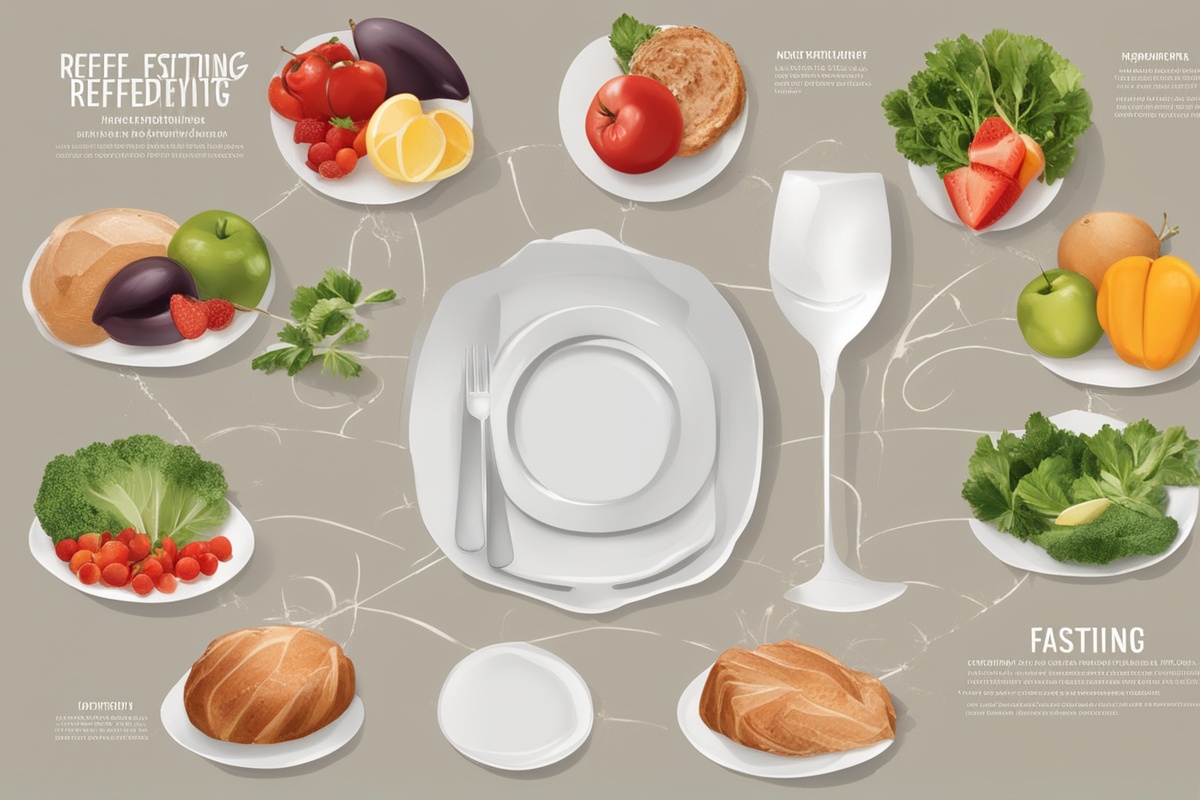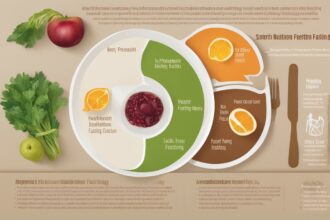Fasting, whether for health, spiritual, or personal reasons, can have profound effects on the body. However, what you do after breaking a fast is just as critical as the fast itself. This is where optimal post-fast nutrition planning comes into play. Properly reintroducing food ensures that your body receives the nutrients it needs without overwhelming your digestive system. In this comprehensive guide, we’ll explore strategies to ease back into eating, prioritize key nutrients, and avoid common pitfalls after a fast.
Understanding the Importance of Post-Fast Nutrition
After a period of fasting, your body is in a delicate state. Your digestive system has slowed down, and your metabolism may have adapted to conserve energy. Without optimal post-fast nutrition planning, reintroducing food too quickly or in the wrong way can lead to discomfort, bloating, or even more severe issues like refeeding syndrome—a potentially life-threatening condition caused by rapid shifts in electrolytes and fluids. Planning your post-fast meals helps mitigate these risks and supports your body’s recovery.
Start Slow: The First 24–48 Hours After Fasting
The initial hours after breaking a fast are crucial. Your stomach and intestines need time to “wake up,” so it’s best to start with easily digestible foods. Think clear broths, diluted fruit juices, or small portions of cooked vegetables. Avoid heavy, fatty, or sugary foods during this phase, as they can shock your system. For example, a small bowl of vegetable soup or a banana can provide gentle nourishment without overloading your body. This gradual approach is a cornerstone of optimal post-fast nutrition planning and sets the stage for a smoother transition.
Key Nutrients to Prioritize in Your Recovery Plan
Once you’ve eased into eating, focus on rebuilding your nutrient stores. Fasting depletes glycogen, electrolytes, and sometimes even muscle mass, so your meals should include a balance of macronutrients and micronutrients. Prioritize lean proteins to repair tissues, complex carbohydrates like quinoa or sweet potatoes for sustained energy, and healthy fats from sources like avocado or nuts. Don’t forget hydration—water with a pinch of salt can help replenish sodium lost during fasting. Additionally, consider foods rich in potassium (bananas, spinach) and magnesium (nuts, seeds) to restore electrolyte balance. For more on nutrient timing, check out our related post on Nutrient Timing After Fasting.
Common Mistakes to Avoid During Refeeding
Even with the best intentions, it’s easy to make mistakes when breaking a fast. One of the most common errors is overeating—your stomach shrinks during a fast, so large portions can cause pain or nausea. Another pitfall is consuming processed or high-sugar foods, which can spike blood sugar and lead to energy crashes. Lastly, neglecting hydration can exacerbate feelings of fatigue or dizziness. By focusing on optimal post-fast nutrition planning, you can sidestep these issues and ensure a safer refeeding process. Learn more about avoiding digestive distress in our guide to Digestive Health After Fasting.
Personalizing Your Post-Fast Nutrition Strategy
Not all fasts are the same, and neither are the people undertaking them. Factors like the duration of your fast, your activity level, and any underlying health conditions should shape your refeeding plan. For instance, someone completing a 24-hour fast may return to normal eating sooner than someone who fasted for a week. If you have a medical condition like diabetes, consult a healthcare provider before refeeding. Tailoring your approach is key to effective recovery, and you can explore personalized fasting tips in our article on Custom Fasting Plans for Different Lifestyles.
Long-Term Benefits of Thoughtful Refeeding
Refeeding isn’t just about immediate recovery—it can also influence your long-term health. Done correctly, it helps reset your relationship with food, improves mindfulness around eating, and may even enhance metabolic flexibility. By practicing patience and intentionality with your meals, you’re more likely to maintain the benefits of fasting, such as improved insulin sensitivity or reduced inflammation. Thoughtful refeeding, supported by resources like our post on Benefits of Intermittent Fasting, can amplify these outcomes. For sustained success, consider integrating mindful eating habits, which you can read about in Mindful Eating After Fasting.
Disclaimer: This content is for informational purposes only and not a substitute for professional medical advice.






